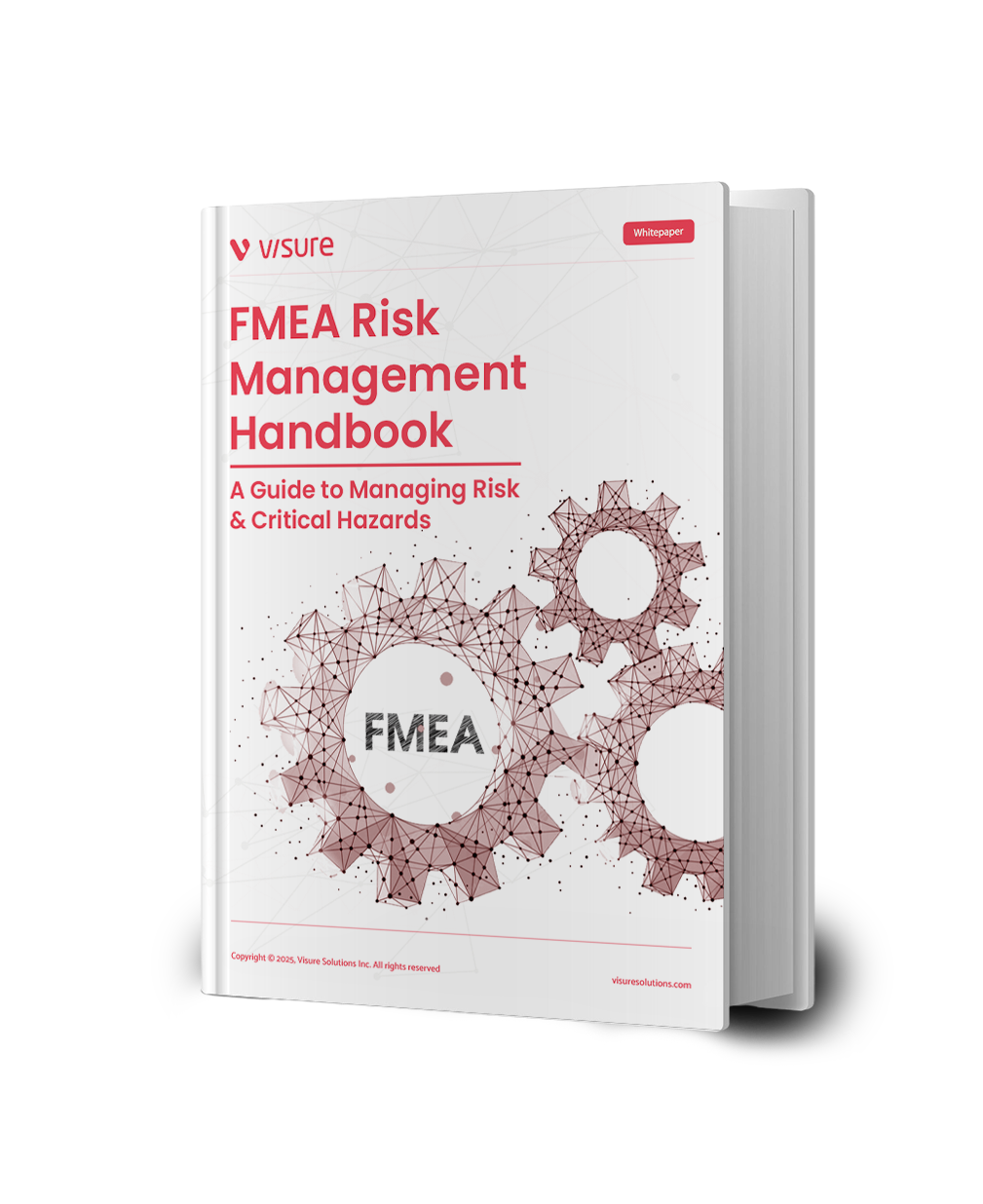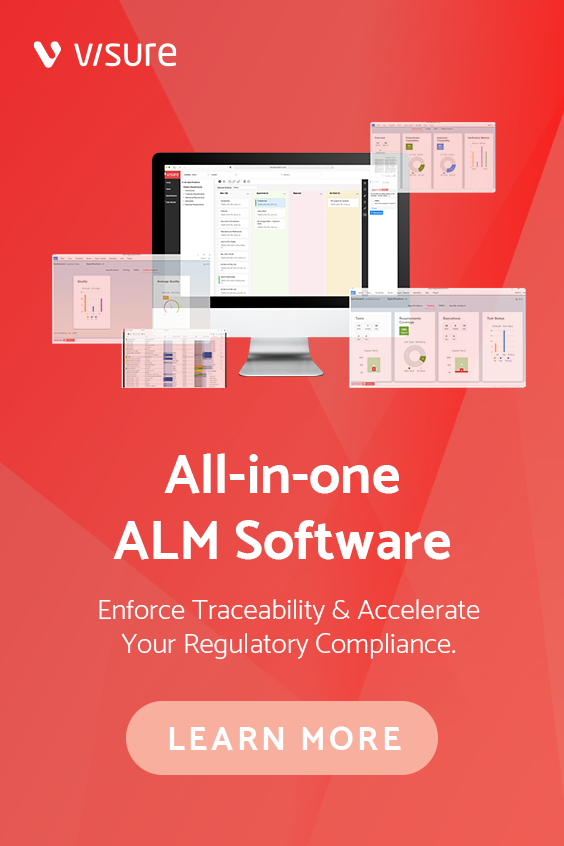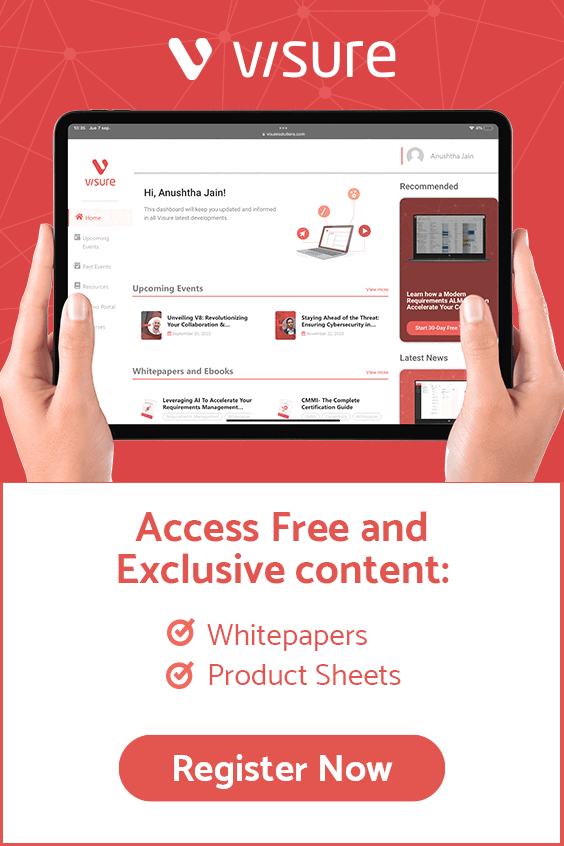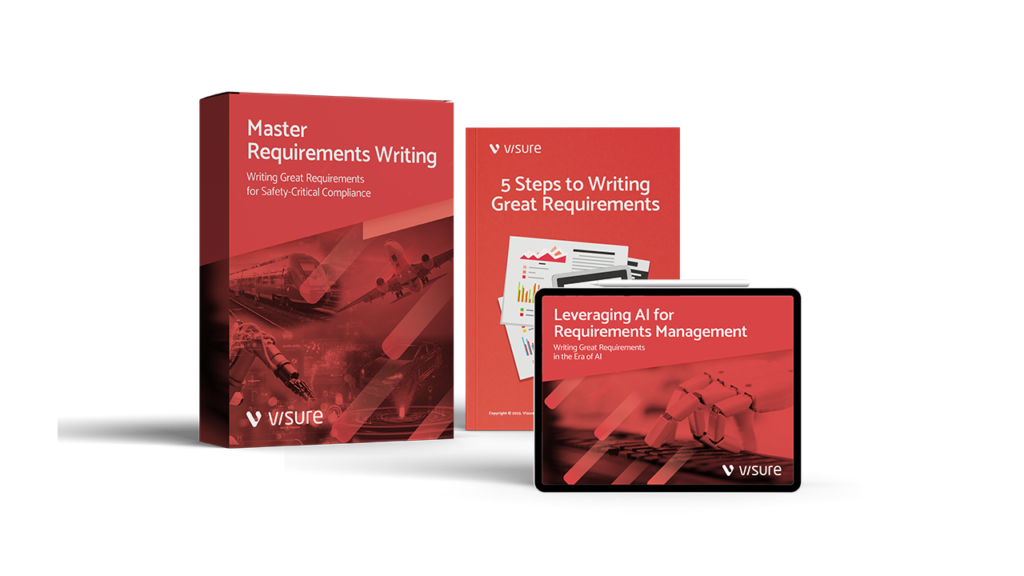In today’s complex industrial and engineering landscape, anticipating, analyzing, and mitigating risks is more crucial than ever. Unexpected failures in automotive systems, aerospace engineering, medical devices, and manufacturing processes can lead to safety hazards, operational downtime, and financial losses. Effective risk management is no longer optional, it is essential for quality assurance, regulatory compliance, and organizational resilience. This is where, FMEA comes into action.
What is FMEA and Why It Matters
Failure Modes and Effects Analysis (FMEA) is a systematic methodology for identifying potential failures, evaluating their impact, and implementing preventative measures. By examining each component, process, or system, FMEA enables organizations to:
- Uncover critical hazards before they occur
- Prioritize corrective actions based on severity, occurrence, and detectability
- Prevent failures and reduce operational risk
- Ensure product safety and reliability
This Whitepaper Will Explore:
This whitepaper serves as a comprehensive guide for engineers, project managers, quality assurance professionals, and risk management teams. It provides actionable insights and practical strategies for implementing or refining FMEA practices. Key areas include:
- Core Principles of FMEA – Understanding the fundamentals of FMEA and its critical role in risk management and quality assurance.
- Step-by-Step Guidance for Risk Assessment – A structured approach to identifying, analyzing, and mitigating potential failures in systems, processes, or components.
- Best Practices for Documentation and Tracking – Techniques for documenting risks, corrective actions, and lessons learned to maintain robust requirements lifecycle coverage.
- Integration with Requirements Engineering and Lifecycle Management – Strategies for aligning FMEA with requirements management processes to ensure end-to-end risk oversight.
- Tools and Software Solutions – Overview of modern FMEA tools and software that enhance efficiency, traceability, and decision-making in complex projects.
Benefits of Proactive Risk Management
By leveraging FMEA as part of a proactive risk management strategy, organizations can:
- Reduce critical hazards and prevent failures before they occur
- Enhance product reliability and safety
- Minimize liability and operational downtime
- Achieve comprehensive requirements lifecycle management
The FMEA Risk Management Handbook is your definitive guide to identifying, prioritizing, and controlling risks in high-stakes engineering environments. With practical strategies, step-by-step instructions, and insights into modern FMEA tools, this handbook empowers organizations to manage risk effectively and confidently.



